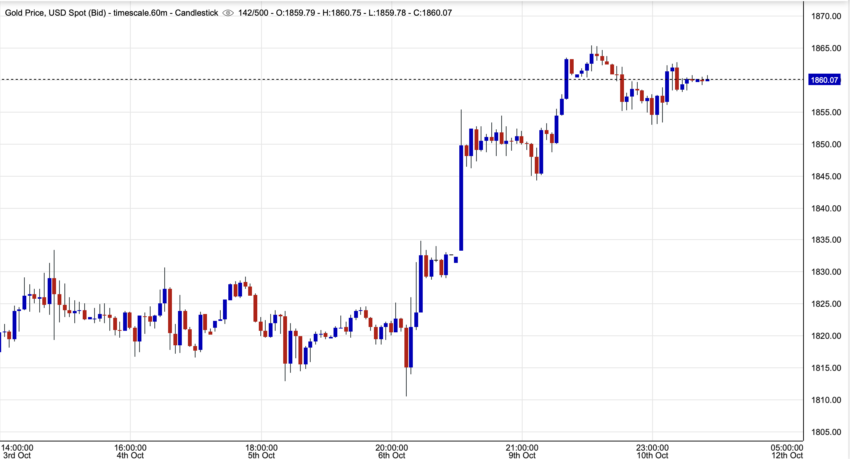The Reserve Bank of Zimbabwe Launches Gold-Backed Digital Token for Payments
The Reserve Bank of Zimbabwe has announced that its citizens can now use the gold-backed digital token, ZiG, for making payments. The bank has ensured that external auditors will monitor the token to ensure it maintains full gold backing at all times.
Zimbabwe’s Gold Digital Token to Face Lower Tax Than Foreign Currency
In a statement released by the Reserve Bank of Zimbabwe, it was clarified that ZiG’s value will align with that of Zimbabwe’s physically backed coin, which is determined by the international gold price. Currently, gold is trading at $1,859 USD.

The statement also mentions that the Intermediary Money Transfer Tax (IMTT) applied to transactions in ZiG will be half of the IMTT applied to transactions in foreign currency. This move aims to encourage the use of the gold-backed digital token.
In June 2023, the IMTT rate for foreign currency transactions was reduced from 2% to 1%, aligning it with the rate for local currency transactions.
Gold-Backed Digital Token as a Stabilization Measure
The introduction of the gold-backed digital token in Zimbabwe is seen as a potential measure to stabilize the country’s inflationary trends and the depreciation of its currency, the Zimbabwean dollar (ZWL). Currently, 1 ZWL is equivalent to approximately $0.0031.
Global CBDC Development Continues
The launch of the gold-backed digital token in Zimbabwe reflects the ongoing global development of central bank digital currencies (CBDCs). Governments are exploring CBDCs as a means to hedge against inflation and stabilize their economies. A recent survey by the CFA Institute showed that 42% of respondents supported the launch of CBDCs, while 34% opposed it.
In June, BeInCrypto reported that over 20 countries are actively working towards launching their own CBDCs in 2023.
Hot Take: Zimbabwe’s Gold-Backed Digital Token Promotes Financial Stability
The introduction of ZiG, a gold-backed digital token, by the Reserve Bank of Zimbabwe is a significant step towards promoting financial stability in the country. By aligning its value with physical gold and offering lower taxes compared to foreign currency transactions, ZiG encourages its usage for payments. This move not only addresses Zimbabwe’s inflationary trends but also contributes to the global development of central bank digital currencies (CBDCs). As more countries explore CBDCs as a means to stabilize their economies, Zimbabwe sets an example with its innovative approach to using gold-backed digital tokens. This development marks a positive shift towards embracing digital payment solutions backed by tangible assets like gold.





 By
By
 By
By
 By
By
 By
By
